What’s more difficult, sport climbing or trad climbing?
Our mountaineering expert on why you should consider sport climbing before trad
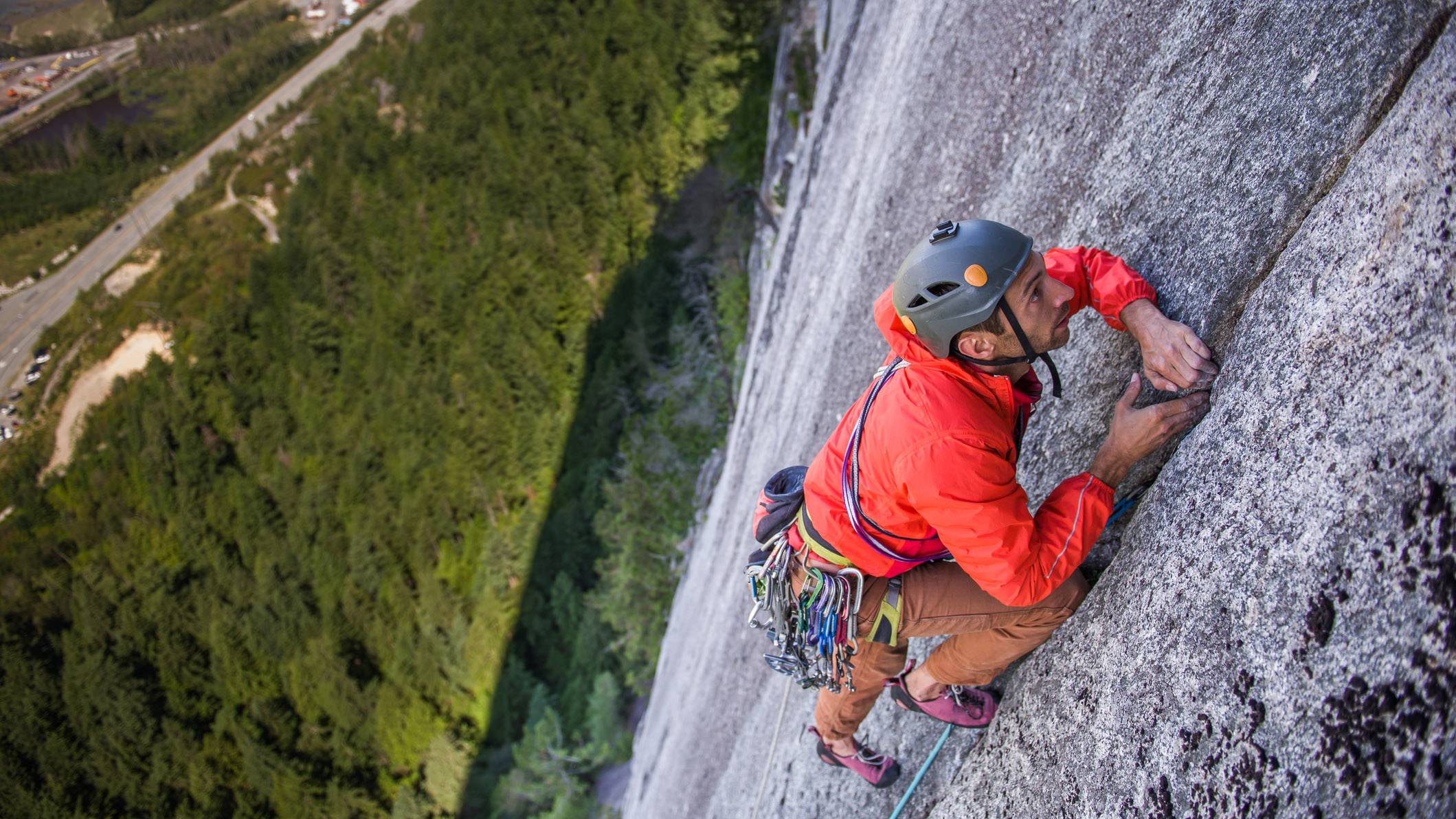
If you’re looking to transition from indoor climbing gyms to the wide world of outdoor rock climbing, you’ll be faced with several options. There are ways to keep things minimal, without the need for climbing gear and ropes. You could invest in a crashpad and enter the world of technical bouldering. You could seek out deepwater soloing venues, using the water as your safety net. Or, you could get into scrambling, free climbing easy routes at around the 5.1 (US) grade.
However, when it comes to roped outdoor climbing on larger, technical crags, walls and cliffs, there are two main disciplines: trad climbing and sport climbing. So, what’s more difficult, sport climbing or trad climbing?
You may have heard that the hardest routes in the world are sport climbing routes, which would reasonably make you assume that sport climbing is harder the trad climbing. On the other hand, all the jangly extra bits of kit that trad climbers take to the crags looks rather complicated, compared to the more streamlined sport climber.
To get to the bottom (or should that be the top) of which approach is more difficult, one of our mountaineering experts is here to reveal why you should consider sport climbing before trad.
What’s more difficult, sport climbing or trad climbing?
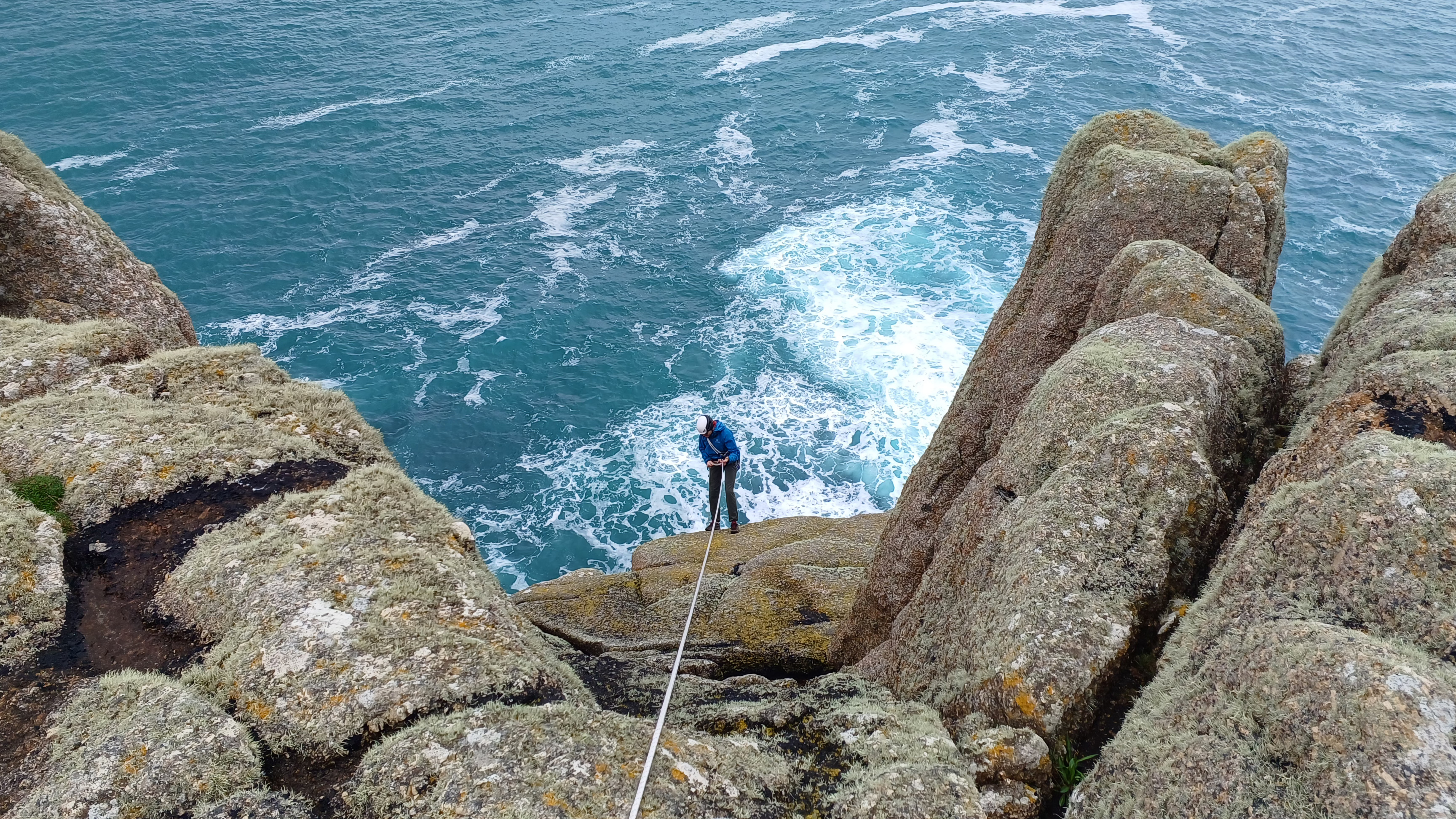
Sport climbing is arguably easier than trad climbing because it’s a less complicated approach to rock climbing. This makes it an easier way into outdoor climbing for beginners. The main difference is the fact that you don't have to place your own protective gear when sport climbing, allowing you to focus more on the climb.
However, it’s important to note that, from pure climbing point of view, the hardest sport climbing routes ever sent (a climbing term for getting to the top without falling) are arguably more technically difficult than the hardest trad routes. This is a consequence of the sport approach allowing elite climbers to fully concentrate on technique, pushing the grade without concerning themselves with placing protection or the worry of the protection failing.
In many ways, whether sport or trad is more difficult than the other is irrelevant, as it depends on the route being climbed. What I can say is that sport is less complicated, therefore better suited to those new to climbing.
Advnture Newsletter
All the latest inspiration, tips and guides to help you plan your next Advnture!
What’s the difference between sport climbing and trad climbing?
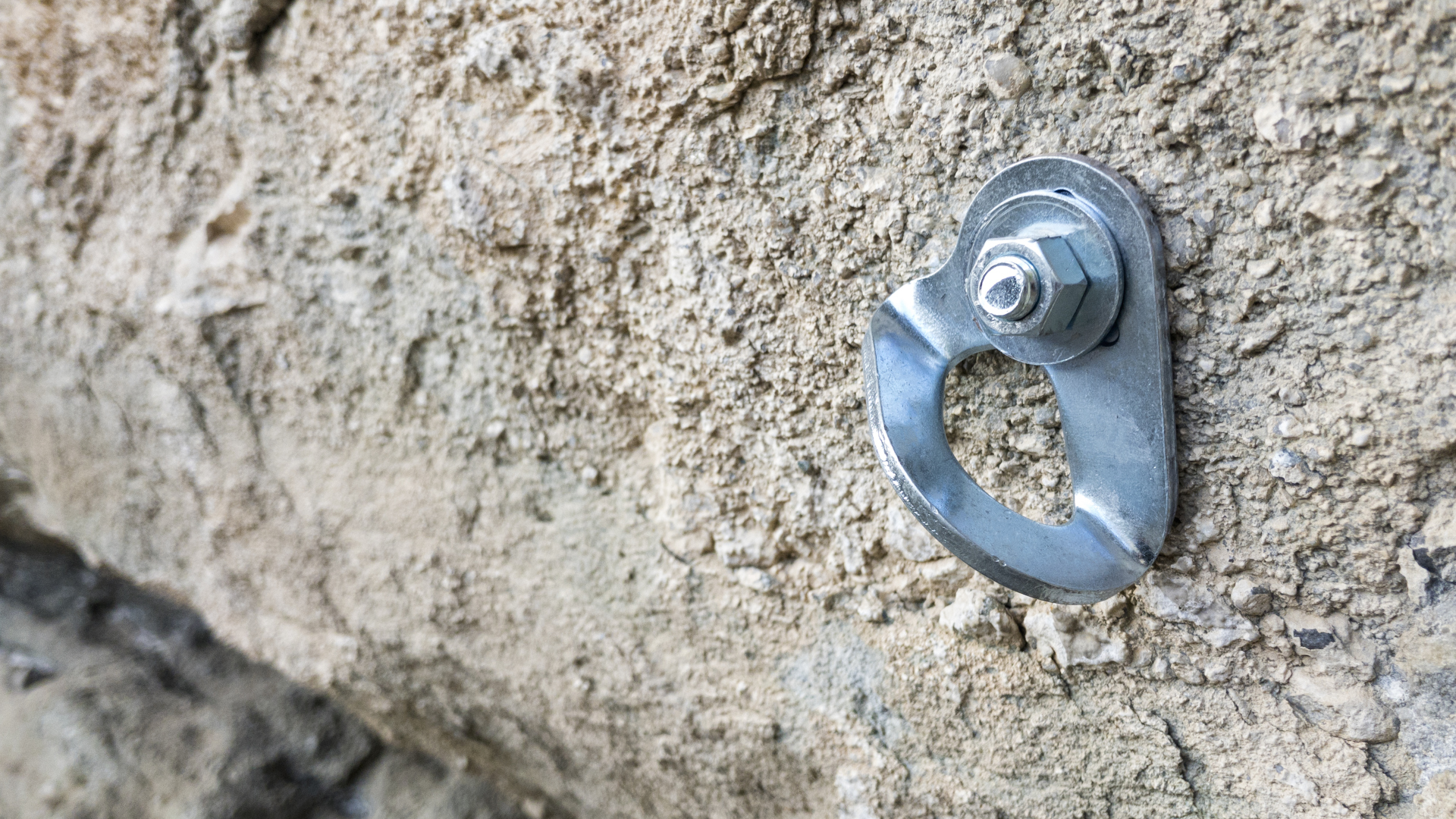
When sport climbing, you follow a series of pre-installed bolts to climb a route, attaching quickdraws into the bolts and then clipping the rope in for safety. This is a relatively simple task, meaning most of your focus can be spent on climbing the route.
When trad climbing, there’s no pre-installed protection. Instead, you must find suitable places in the rock to place protective gear, such as nuts, hexes and cams, before attaching a quickdraw and clipping the rope into place.
Factors that make trad more difficult for beginners
- Placing and trusting protective gear takes practice and time
- Holding your position while placing gear requires strength and stamina
- Navigation can be more difficult on trad routes, as you're not simply following a line of bolts
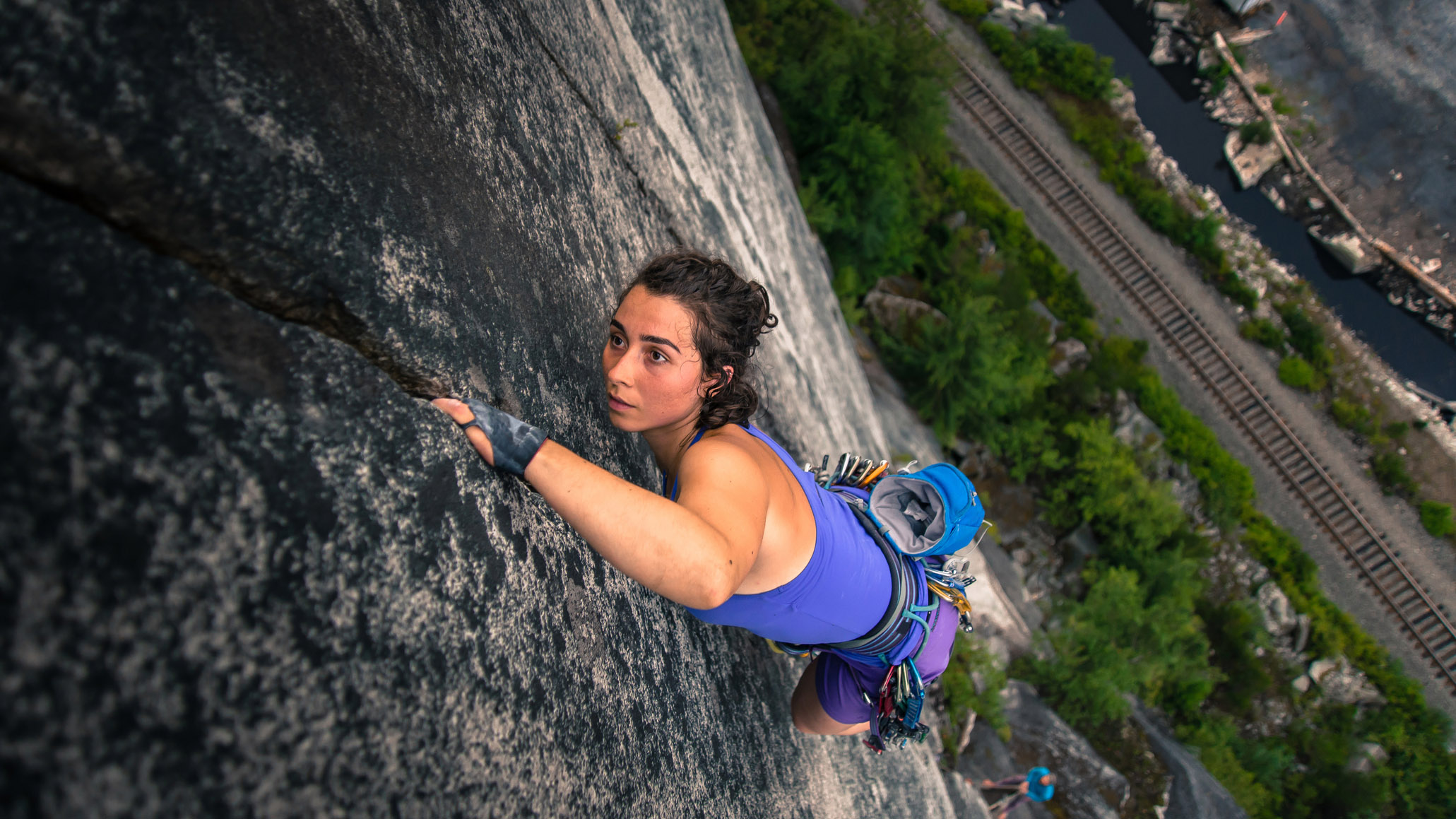
There are several factors that make trad climbing initially more difficult than sport climbing. For a start, effective placement of protective gear requires practice and therefore time to master. A climb can also be quite scary if you don’t have total confidence in your gear placements. It’s only natural for someone new to trad to mistrust the tiny nut that’s meant to save their life if they fall. It’s fair to say that sport climbing is less mentally committing.
Also, holding your position while you place gear can be a real test of strength and stamina. While experienced climbers will instinctively know what size of nut, hex or cam to opt for, beginners will find they’ll need to try different options, learning what size and style of protection suits different scenarios.
Another factor to consider is that trad routes are more difficult to navigate. On a sport route, you simply join the dots, following the bolts up the wall. However, on a trad route, the climber has to find their own way up the crag. It can be easy to go awry here and end up on more challenging ground than you bargained for.
So, if you’re new to leading climbs, sport routes are definitely more straightforward. Of course, if you’re a beginner, you’re likely to be seconding, which means the responsibilities of navigating the route and placing the protection are lifted somewhat. However, you’ll still have to spend time collecting the gear placed by the lead climber on your way up. Removing well-placed gear can be fiddly and you’ll need to hold your position on the crag while you do it.
Meet the expert
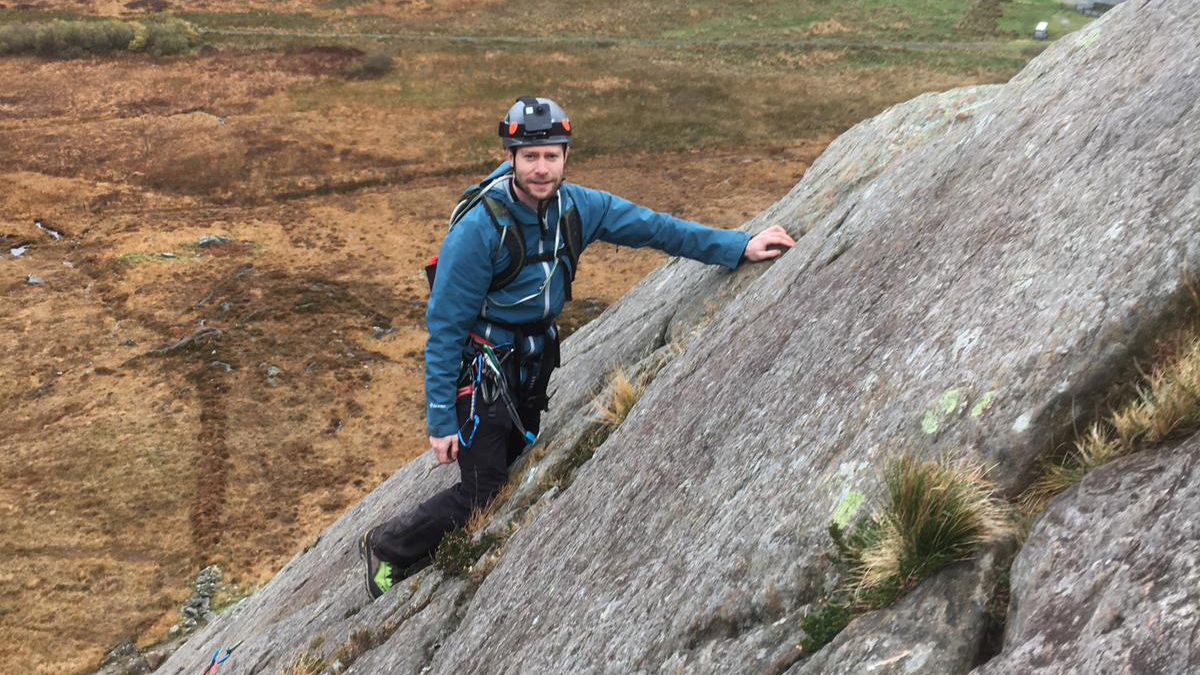
A passionate mountaineer, Mountain Leader and former President of the London Mountaineering Club, it's fair to say Alex enjoys being up in the high places. While his introduction to mountaineering was more through hiking and trail running, he's since become a proficient climber, learning the ropes from experienced climbers in his beloved club.
How do sport climbing and trad climbing grades compare?
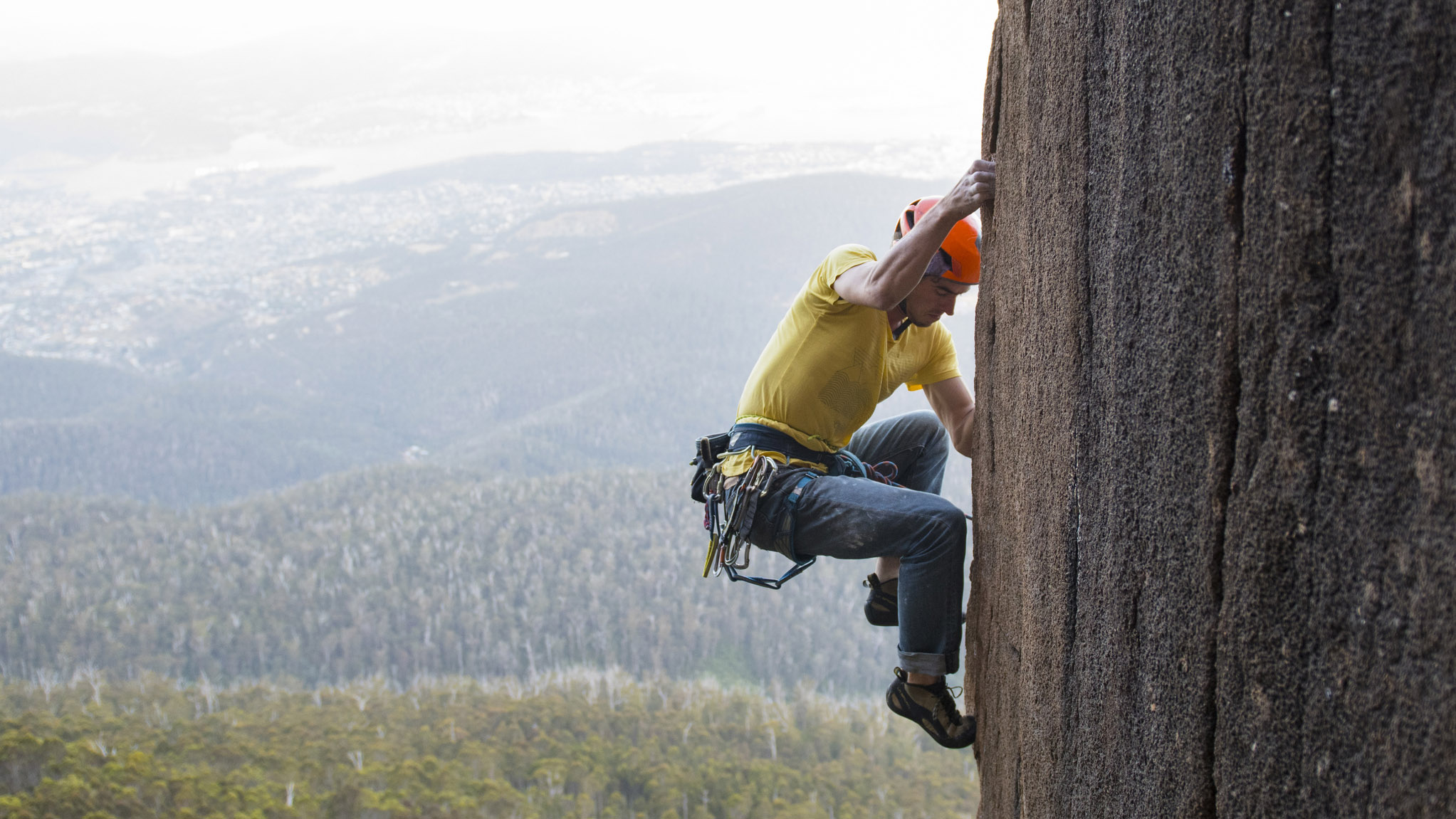
Before we get into the contest between the hardest climbs ever sent, let’s take a look at how sport climbing and trad climbing grades and rating systems compare. The caveat here is that grades are always subjective and there are myriad factors that impact how challenging any given climb might be – so a like-for-like comparison is always going to be somewhat flawed.
However, there’s beauty in imperfection, so let’s compare anyway:
| British trad grade | British technical grade | French sport grade | UIAA (alpine) grade | US grade |
|---|---|---|---|---|
| Moderate (Mod) | Row 0 - Cell 1 | 1 | I / II | 5.1 / 5.2 |
| Difficult (Diff) | Row 1 - Cell 1 | 1 / 2 / 2+ | II / III | 5.2 / 5.3 |
| Very Difficult (VDiff) | Row 2 - Cell 1 | 2 / 2+ / 3- | III / III+ | 5.2 / 5.3 / 5.4 |
| Hard Very Difficult (HVD) | Row 3 - Cell 1 | 2+ / 3- / 3 / 3+ | III+ / IV / IV+ | 5.4 / 5.5 / 5.6 |
| Mild Severe | Row 4 - Cell 1 | 3- / 3 / 3+ | IV / IV+ | 5.5 / 5.6 |
| Severe (Sev) | Row 5 - Cell 1 | 3 / 3+ / 4 | IV / IV+ / V- | 5.5 / 5.6 / 5.7 |
| Hard Severe (HS) | Row 6 - Cell 1 | 3 / 3+ / 4 / 4+ | IV+ / V- / V | 5.6 / 5.7 |
| Mild Very Severe | 4a / 4b / 4c | 3+ / 4 / 4+ | IV+ / V- / V | 5.6 / 5.7 |
| Very Severe (VS) | 4a / 4b / 4c | 4 / 4+ / 5 | V- / V / V+ | 5.7 / 5.8 |
| Hard Very Severe (HVS) | 4c / 5a / 5b | 4+ / 5 / 5+ / 6a | V+ / VI- / VI | 5.8 / 5.9 |
| E1 | 5a / 5b / 5c | 5+ / 6a / 6a+ | VI / VI+ | 5.9 / 5.10a |
| E2 | 5b / 5c / 6a | 6a+ / 6b / 6b+ | VI+ / VII- / VII | 5.10b / 5.10c |
| E3 | 5c / 6a | 6b / 6b+ / 6c | VII / VII + | 5.10d / 5.11a / 5.11b |
| E4 | 6a / 6b | 6c / 6c+ / 7a | VII+ / VIII- / VIII | 5.11b / 5.11c / 5.11d |
| E5 | 6a / 6b / 6c | 7a / 7a+ / 7b | VIII / VIII+ / IX- | 5.11d / 5.12a / 5.12b |
| E6 | 6b / 6c | 7b / 7b+ / 7c / 7c+ | IX- / IX / IX+ | 5.12b / 5.12c / 5.12d / 5.13a |
| E7 | 6c / 7a | 7c+ / 8a / 8a+ | IX+ / X- / X | 5.13a / 5.13b / 5.13c |
| E8 | 6c / 7a | 8a+ / 8b / 8b+ | X / X+ | 5.13c / 5.13d / 5.14a |
| E9 | 7a / 7b | 8b+ / 8c / 8c+ | X+ / XI- | 5.14a / 5.14b / 5.14c |
| E10 | 7a / 7b | 8c+ / 9a / 9a+ | XI / XI+ | 5.14c / 5.14d / 5.15a |
For a beginner to outdoor climbing, starting on a sport route that’s a long way down the grades makes sense. Build from there.
So, which is the hardest? Here’s the problem. Most comparison tables stop around about where the bottom row of our table finishes, at around 5.15.a in terms of the US grade. Climbing’s most elite athletes have pushed beyond these limits, so comparing the very hardest climbs becomes tricky.
The most difficult climbs in history
The most difficult sport climbing routes are, from a technical climbing perspective, arguably more difficult than the hardest trad climbs, though a direct comparison is admittedly fraught with problems. The level at which the finest climbers in history operate pretty much defies comparison. Who am I to sit here and say one person’s 15.5d (9c) sport climb was more challenging than another’s E12 trad route? Let us, instead, celebrate the most difficult climbs in history for the incredible accomplishments that they are.
The hardest sport climbs
The hardest sport climbs are the result of elite climbers dreaming up projects, often installing the route themselves by fixing the bolts and then applying themselves to the problem, sometimes over many years. This makes a certain kind of sense. If you’re climbing at a level that’s beyond what anyone previously thought was possible, there won’t be a sport climbing route to match your ambitions.
As of June 2023, the three hardest sport climbing routes ever sent were all graded 5.15d (US system) or 9C (French system). They were, in no particular order, B.I.G. by Jabok Schubert in 2023, Silence by Adam Ondra in 2017, and DNA by Seb Bouin in 2022. Both Silence and B.I.G. were bolted by Adam Ondra and are found in Flatanger, Norway. DNA was bolted by Seb Bouin and is found in France’s Verdon Gorge.
The hardest trad climb
Bon Voyage, in Annot, France, an E12 climbed by James Pearson between 1 January and 9 February 2023, is considered to be the most difficult trad climb of all time. Having successfully climbed the route, Pearson recruited some of the world’s finest climbers to check it out for themselves, before deciding to label it as an E12, the first in history.
Alex is a freelance adventure writer and mountain leader with an insatiable passion for the mountains. A Cumbrian born and bred, his native English Lake District has a special place in his heart, though he is at least equally happy in North Wales, the Scottish Highlands or the European Alps. Through his hiking, mountaineering, climbing and trail running adventures, Alex aims to inspire others to get outdoors. He's the former President of the London Mountaineering Club, is training to become a winter mountain leader, looking to finally finish bagging all the Wainwright fells of the Lake District and is always keen to head to the 4,000-meter peaks of the Alps. www.alexfoxfield.com

